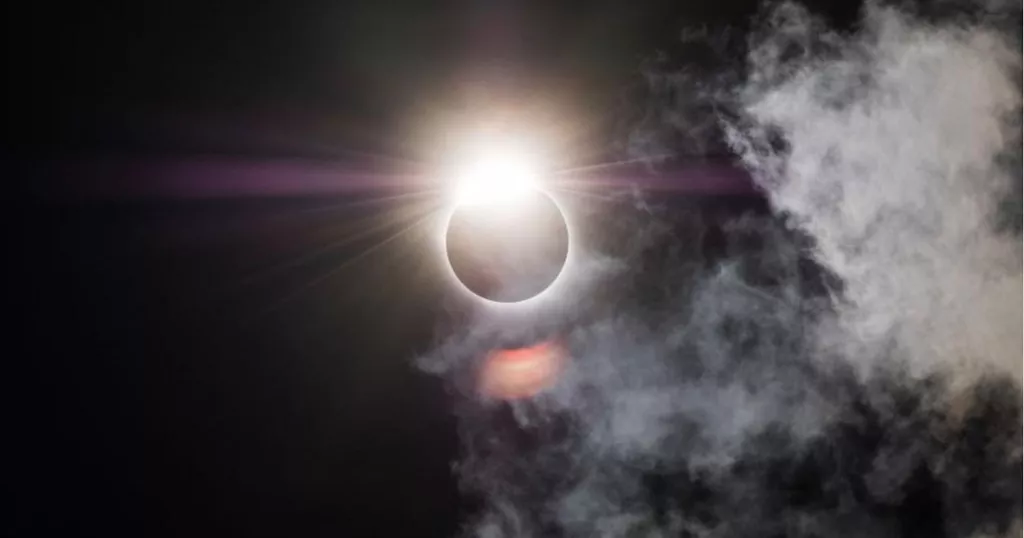Thanks to new spacecraft, telescopes, and cosmic chance, the total solar eclipse in April looks to be a scientific gold mine.
The sun should be more active with the possibility of spectacular plasma bursts, and the moon will be particularly near to Earth, resulting in an extended and intense period of darkness.
Next is the heavily populated corridor of totality that runs from Mexico through the United States and Canada.
It’s a chance for scientists to conduct research to learn more about our world.
Toby Dittrich, a physics professor at Portland Community College, intends to do a contemporary Eddington experiment during the eclipse.
Scientists off the coast of Africa conducted the first experiment, which tested Albert Einstein’s theory of relativity, during the 1919 total solar eclipse.
“In 1919, Eddington’s experiment proved Einstein’s theory because the deflections of the stars were twice as large as expected by Newton,” says Dittrich.
READ ALSO: Peter Obi first ever presidential candidate to play ethnic, religious card – Presidency
According to Africanews, during the darkness of totality, it’s possible to photograph the stars around the sun. The experiment has been repeated many times since 1919.
Scientists got a taste of what’s to come during the 2017 total solar eclipse that stretched from Oregon to South Carolina.
This time, the moon is closer to Earth, resulting in more minutes of darkness and a wider path.
“The point now of continuing to perform this experiment on April 8th is because we can do it infinitely better. We can get way, way more data. We can get data close to the surface of the sun, where the bending is the maximum,” Dittrich says.
April’s eclipse will begin in the Pacific and make landfall at Mazatlan, Mexico, heading up through Texas and 14 other U.S. states before crossing into Canada and exiting into the Atlantic at Newfoundland. Those outside the 115-mile-wide (185-kilometer-wide) path, will get a partial eclipse.




